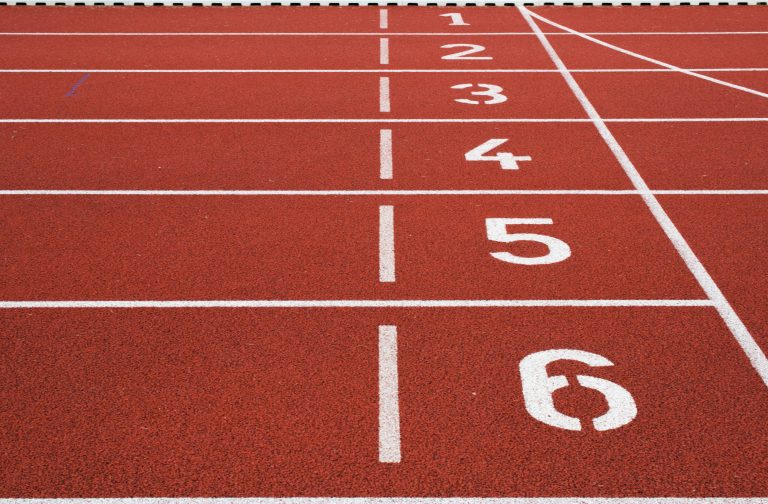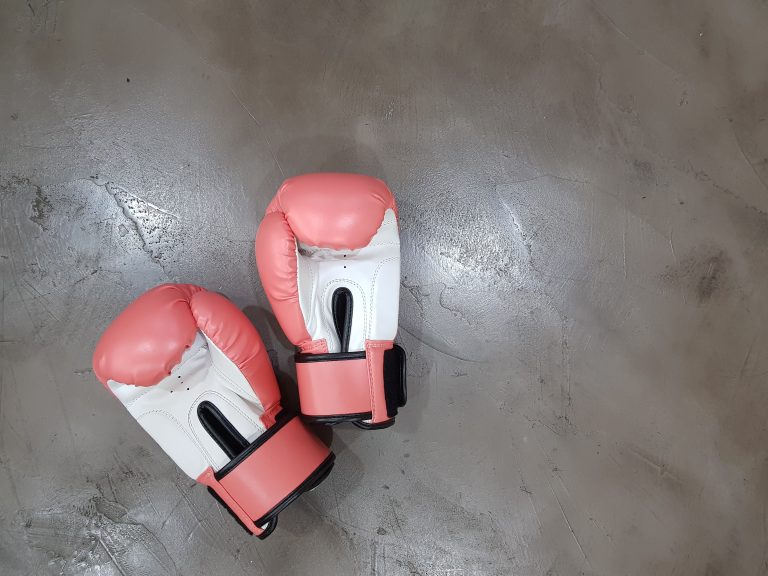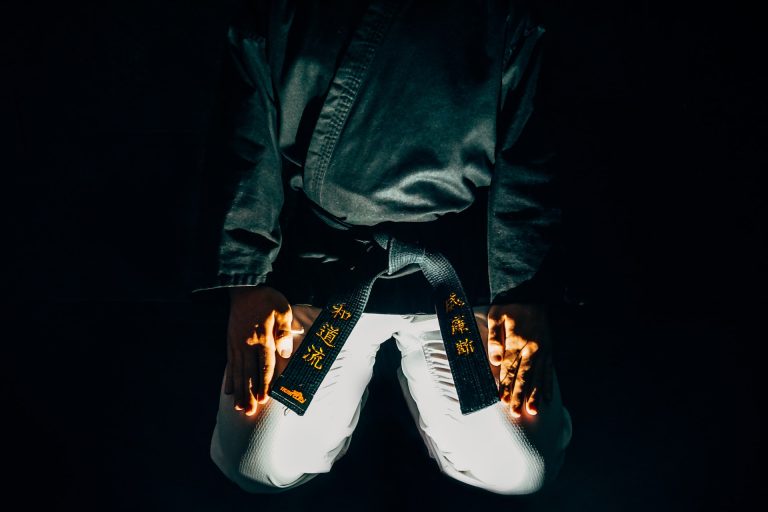What Types of Stretches Should I Do Before Karate?
Stretching is an essential part of any karate practice. It helps to prepare your body for the physical rigors of karate, improving flexibility and range of motion, while also helping to prevent injuries. There are a variety of stretches that can be done before karate practice and depending on the techniques and exercises you’re focusing on, some may be better than others. In this blog post, we’ll look at some of the stretches that are beneficial for karate practitioners, along with examples of each.
Why Stretching Is Important Before Karate
Stretching helps to increase flexibility in the muscles and joints and can also help to reduce the risk of injury. When you’re about to engage in physical activity, such as karate, stretching helps to “warm up” your body by increasing blood flow and loosening the muscles and joints. This means the body is better prepared for the activity, enabling you to perform better and reducing your risk of injury.
Full-Body Dynamic Warm-Up
One of the best ways to prepare your body for karate is to perform a dynamic warm-up. This consists of a series of movements that help to increase the temperature in your body and muscles, while also loosening and stretching them. Each movement should be done with good form and in an uninterrupted series. Examples of full-body dynamic warm-ups include arm circles, jumping jacks, lateral shuffles, high knees, etc.
Focused Stretching
Once you’ve done a dynamic warm-up, you can then focus on specific areas that you need to stretch before karate. Depending on what you plan on doing in your karate practice, different muscles and joints need to be specifically prepared for the activity.
Upper-Body Stretches
These stretches focus on the muscles and joints of the upper-body, such as the shoulders, arms, chest, and back. This includes shoulder rolls, arm circles, chest stretches, shoulder shrugs, shoulder blades squeezes, shoulder openers, and others.
Lower-Body Stretches
These stretches focus on the muscles and joints of the lower-body, such as the hips, legs, ankles, and feet. This includes knee hugs, hip circles, ankle circles, ankle rotations, heel walking, hip openers, and others.
Core Stretches
These stretches focus on the core muscles of the body such as the abdominals, lower back, and glutes. This includes bird dogs, side planks, glute bridges, mountain climbers, and others.
Conclusion
Stretching is an important part of any karate practice as it helps to prepare your body for the physical demands of karate. It can help improve flexibility, range of motion, and reduce your risk of injury. A full-body dynamic warm-up should be done first as this helps to increase the temperature and loosen up your muscles and joints. Then you can focus on specific areas by doing specific stretches and exercises that are tailored towards your planned activities. By doing this regularly before karate practice, you can ensure that your body is better prepared for what’s ahead and is ready to perform at its best.
What Types of Stretches Should I Do Before Karate?
If you’re planning to practice karate or any other martial arts, stretching before the session is crucial to reducing the risk of injuries and improving performance. However, it’s essential to know which types of stretches to do and how to do them correctly. In this blog post, we will answer some of the most frequently asked questions about stretching before karate and provide helpful tips on how to stretch effectively.
Why is stretching important before karate?
Stretching before karate or any other physical activity can help prepare your muscles and joints for the movements you will be performing. It increases blood flow to your muscles, making them more supple and less prone to injury. Stretching also helps improve your range of motion and flexibility, allowing you to perform various karate techniques more effortlessly and with greater precision.
What are the different types of stretches?
There are three main types of stretches: dynamic, static, and proprioceptive neuromuscular facilitation (PNF) stretches.
– Dynamic stretches: Dynamic stretches involve moving your muscles and joints through their full range of motion. These stretches help warm up your muscles and joints and prepare them for the movements you will be performing during your karate session. Examples of dynamic stretches include leg swings, arm circles, and walking lunges.
– Static stretches: Static stretches involve holding a stretch for a specific period while maintaining a steady position. These stretches help increase your flexibility and improve your range of motion. Examples of static stretches include the hamstring stretch, quadriceps stretch, and shoulder stretch.
– PNF stretches: PNF stretches involve contracting and relaxing your muscles while stretching them. These stretches can help improve your flexibility and range of motion more effectively than static or dynamic stretches. PNF stretches are often done with a partner to apply resistance against the stretch. Examples of PNF stretches include the contract-relax stretch and the hold-relax stretch.
Which stretches should I do before karate?
The stretches you should do before karate will depend on the type of karate session you will be doing. However, a general rule of thumb is to start with dynamic stretches to warm up your muscles and loosen up your joints. Then move onto static stretches to increase your flexibility and range of motion. Here are some specific stretches you can do before your karate session:
1. Leg swings: Stand with your feet hip-width apart and swing your right leg forward and backward 10 to 15 times. Repeat with your left leg.
2. Arm circles: Stand with your feet shoulder-width apart and circle your arms forward and backward 10 to 15 times.
3. Walking lunges: Step forward with your right leg, lowering your body until your right thigh is parallel to the floor. Hold for a few seconds before stepping forward with your left leg and repeating the lunge.
4. Hamstring stretch: Sit on the floor with your legs extended in front of you. Reach forward toward your toes and hold the stretch for 15 to 30 seconds.
5. Quadriceps stretch: Stand with your feet hip-width apart and bend your right knee, bringing your heel toward your buttocks. Hold onto your right ankle with your right hand and hold the stretch for 15 to 30 seconds. Repeat with your left leg.
6. Shoulder stretch: Stand with your feet shoulder-width apart and clasp your hands behind your back. Slowly lift your arms up and away from your body to stretch your shoulders.
How long should I hold stretches?
The length of time you should hold a stretch will depend on the type of stretch you are doing. For dynamic stretches, hold each movement for 10 to 15 seconds. For static stretches, hold each stretch for 15 to 30 seconds. And for PNF stretches, hold each contraction for 10 seconds and then relax into the stretch for 30 seconds.
Should I stretch after karate?
Stretching after karate can help prevent muscle soreness, improve flexibility, and boost recovery. Cool-down stretches can also help lower your heart rate and relax your body and mind after an intense karate session. Therefore, it’s essential to take a few minutes after your session to stretch your muscles and improve your recovery.
Conclusion
In conclusion, stretching before karate or any physical activity is crucial to prepare your muscles and joints for the movements you will be performing. There are three types of stretches you can do: dynamic, static, and PNF stretches, each with its own set of benefits. The key is to start with dynamic stretches to warm up your muscles and then move onto static stretches to improve your flexibility and range of motion. Remember also to stretch after your karate session to reduce muscle soreness and improve recovery. By following these guidelines, you can enjoy the benefits of karate while reducing the risk of injuries.
Inhaltsverzeichnis





